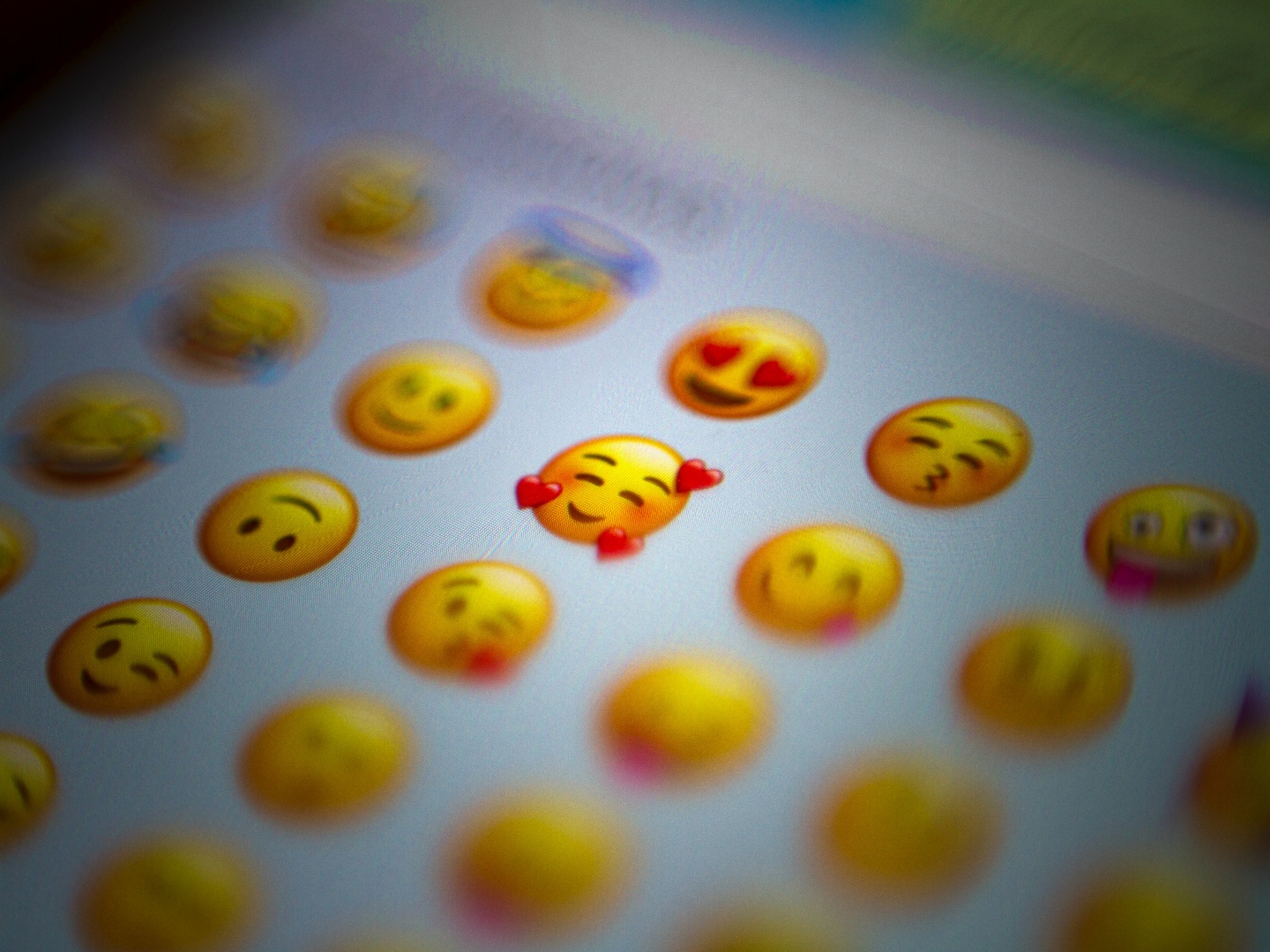
Emoji have made their way into Americans’ communications, and professionals are even using them in their work communications. The results of Adobe's Future of Creativity: 2022 U.S. Emoji Trend Report surveyed emoji users and found that emojis are now a part of work messaging, but should sellers use them in their B2B sales techniques?
B2B sales techniques: Are emoji appropriate?
“Emoji give people the resources they need to be able to express themselves and show their emotions, whether it be on social media or messaging apps,” explains Kamile Demir, computer scientist at Adobe and Adobe representative on the Unicode Emoji Subcommittee. “They allow people to convey more than just words on a screen and connect more deeply to others, to share their thoughts on this year’s illuminating findings.”
Americans like, and actively use emoji. And they enjoy getting them in messages. But what about workplace conversations? Should professionals use emoji in their digital messages, or does doing so make them look unprofessional?
68% say “yes” to emoji at work
The study found that 68% of Americans say they enjoy it when people use emoji at work. For many, emoji may help professionals make more of a connection digitally, especially as many have now settled into a hybrid work setting.
“One of the challenges of hybrid work is that it can be harder to interpret written communication from our coworkers without that face-to-face interaction. Emoji are a great way to mitigate potential misunderstandings — a quick smiley face on the end of your message can go a long way,” says Demir.
Which emoji resonate most in the workplace? U.S. emoji users say that using emoji at work can help users:
- Quickly share ideas (cited by 79%)
- Make team decision-making more efficient (62%)
- Boost creativity (58%)
While emoji are popular, and welcome, by many in the workplace, sellers should be thoughtful when integrating them into their B2B sales techniques. While including them in a sales email with a well-established client may be okay, reps should use discretion.
Don’t let emoji get “lost in translation”
Survey respondents also noted emoji can impact likability (69%) and credibility (59%). And SalesFuel CEO C. Lee Smith notes that, “Emoji can help your credibility by being more likable, empathetic and approachable BUT frequently using emoji with high-level decision-makers can have the opposite effect.”
Salespeople need to be conscious of common mistakes and misunderstandings. Sean Peek, in an article for Business.com, shares potential drawbacks that sellers should keep in mind when using emoji in work communications. One issue is that they aren’t universal. Not every prospect, client or business colleague may “get” emoji. This is especially true when emjoi are used in a personal way, such as using the streaming tears emoji to show amusement rather than sadness. While the alternate purpose may be clear to you, it could be lost on others.
Additionally, there are differing opinions and understanding of emoji among the generations, with older professionals most likely to misunderstand an emoji’s meaning.
How to integrate emoji into your B2B sales techniques
If sellers want to use emoji, they should do so mindfully. First, always consider context and the other person. “Don’t use emojis with people you don’t know very well,” Peel cautions. “Be careful when messaging your boss, and particularly with customers. If you don’t have a comfortable relationship with someone, it’s best to avoid anything that could potentially turn them away.”
Also, reserve emoji for conversations that are casual, lighthearted and don’t involve serious business. And as Smith suggests, high-up decision-makers may not be the most appropriate recipient of emoji. Keep them reserved for messages that have a more casual tone and be thoughtful about how each recipient may interpret your use.
Photo by Domingo Alvarez E
